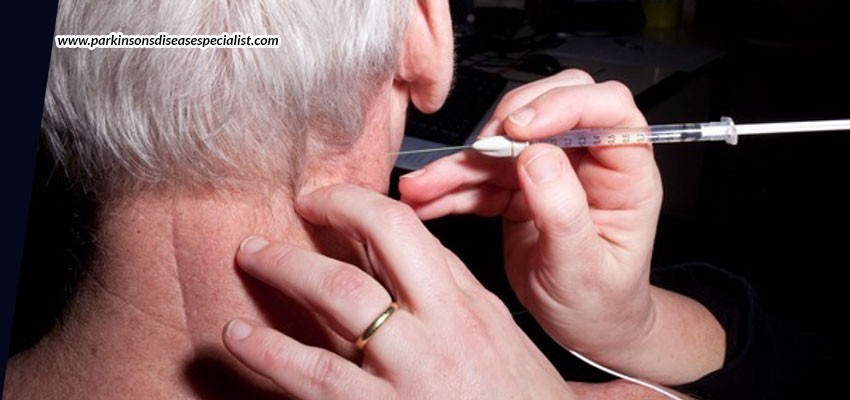
19 Feb How Is Cervical Dystonia Successfully Treated?
Cervical dystonia is a difficult ailment that is non-responsive to a variety of physical therapy treatments. But, this does not mean that it cannot be treated at all. Neurologists and neuro therapists like Dr. Shivam Mittal have been successfully treating dystonia treatment in UAE. There are a variety of trainings and techniques that such successful medical practitioners use to treat the ailment; some of them being sensory tricks, muscle vibration, sensory stimulation, sEMG, and body awareness. However, every dystonia patient reacts differently to different treatments, which is why there should be an individualized approach for every patient to treat cervical dystonia.
Before beginning with understanding the treatment of cervical dystonia, it is important to know that the treatment requires a holistic and team-based approach. Going at it alone has high chances of failure. A perfect blend and working together of PT, MD, OT/ST, Psych, diet, sleep, fitness, and mindfulness is required for success. In short, dystonia requires a mind-body-spirit approach for successful treatment. Now, let us take a look at the step-by-step guide to treat cervical dystonia.
Preparing the brain
It is always better to be completely prepared before taking any action, whatever it may be in life. So, with such an important procedure, preparations are important too, aren’t they? And, one of the most important preparations is that f preparing the brain. This could be done by providing choice for the day and therapy session, positive expectation building, and mental imagination of normal movements through sensory tricks. Another very important element is relaxing the nervous system by rocking, swaddling, breathing meditation, or other parasympathetic toning activities.
Training the brain
To train the brain, the first and foremost action is to stop abnormal movements, only after which can the brain be re-trained for normal movements.
Stopping abnormal movements
This includes change of sensory input through TENS, kinesiotape, or vibration on an overactive muscle. Another way could be by changing the position or environment, like hanging upside down, placing the head between legs, or lying upside down. Sensory tricks can also be used for stopping abnormal movements.
Re-training normal movements
The re-training can be started from non-targeted areas and then slowly to the targeted ones. For example, in a patient with difficulty in walking, it could start by controlling the head, followed by working on the head and body movement, focusing on the arm movement, and then various other positions. Another option is to improve sensory identification while being still and in movement. This could be done by improving sensory identification in the neck and torso while they are still; while the head is still and torso is moving; and in different postures.
Repetitive exercises
Practice makes man perfect. We have all heard this saying; and it proves true in this situation too. Repetition and gradual progression of the sensory and motor activities everyday can improve the ailment.
Treating the underlying factors
Strength – This includes investigating strength imbalances that may have contributed to cervical dystonia.
Flexibility – This includes the lack of extension or rotation in spine, or the hip flexor length.
Balance – This includes improving proprioception, postural righting responses, and anticipatory postural control.
Biomechanics – This includes analyzing and treating the posture and movement where dystonia is the worst.
Nerve mobility – This includes checking and treating the common upper limb tension patterns.







